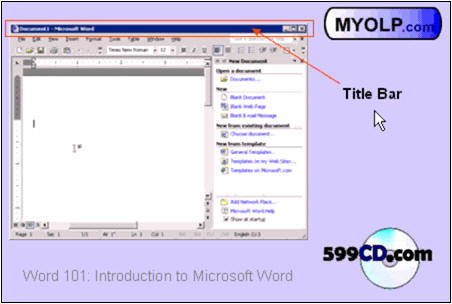

While businesses first began using dedicated word processing systems in the 1970s, companies such as Microsoft made “word processing” a common term in the 1980s and '90s with software products like Microsoft Word that run on PCs. It’s possible to simply use Word as an updated version of a typewriter or word processor, but Word’s functionality goes beyond what its predecessors permitted. Whether you want to perk up some business papers or take company communication to the next level, learning Word’s parts and functions can help your words speak volumes. The Ribbon In what Microsoft used to call its toolbar area prior to the release of Word 2007 is one of the largest parts of Microsoft Word, the ribbon. This approximately two-inch strip that runs across the top of Microsoft Word houses the tabs, buttons, sections and menu items that make almost everything in Word work.
The Parts & Function of Microsoft Word 2007; The Parts & Function of Microsoft Word 2007. The same is true of software with many parts and functions, such as Word. CSIS 572 MICROSOFT WORD 2010 WINDOW Office button File Tab Title bar Insertion point Ribbon Scroll box Vertical scroll bar Print Layout Button. Apr 23, 2017 Explains how to use different page numbering formats (such as Roman numerals) Microsoft Word.
The tabs, which replace the previous file menus, are a clickable way to quickly toggle between functions such as formatting text, inserting images, mail merges and tracking review changes. The ribbon basically blends into the top of the Word workspace. Right-clicking the top of the ribbon brings up a small menu that enables you to perform customizations and minimize the ribbon, but you cannot delete it entirely. Templates Though Microsoft Word opens by default with a replica of a blank piece of white paper, you can quickly create complex items such as brochures, newsletters and business cards by using Word’s templates. Far Cry 4 W Dlcs Repack Black. Jillian Michaels 30 Day Shred Level 2 Avi Movies. This major part of Word is found by clicking the Office button in the top left corner of the workspace.